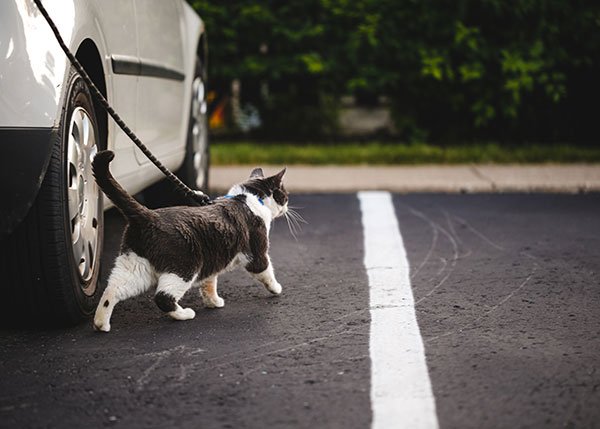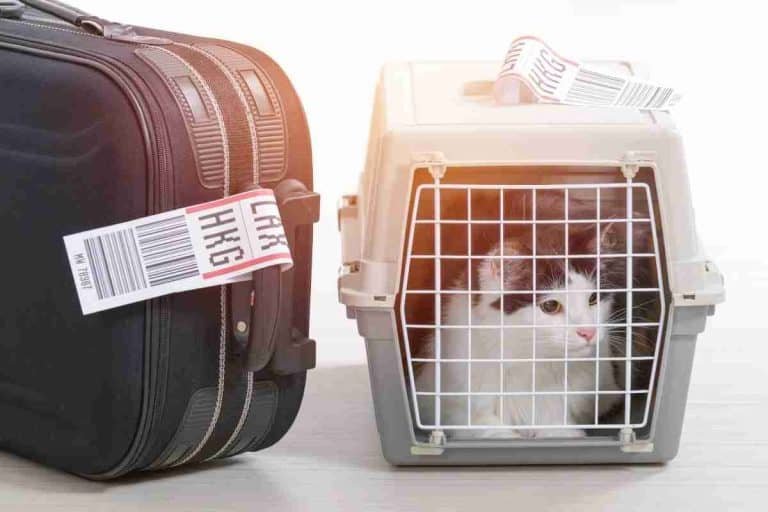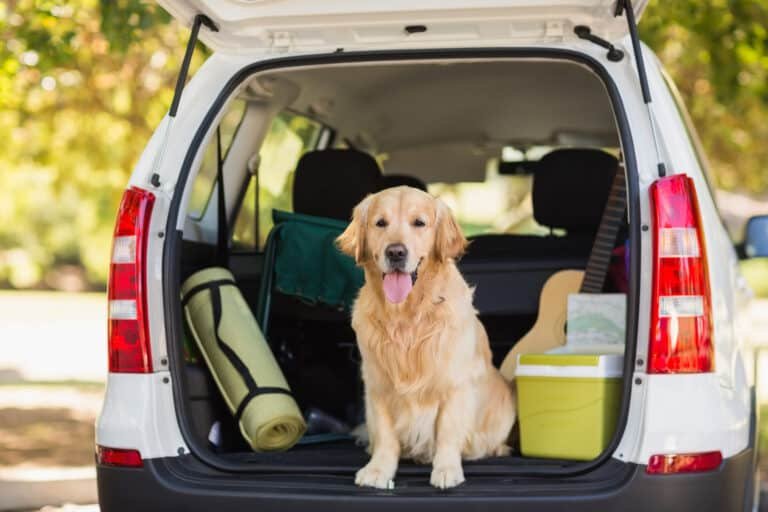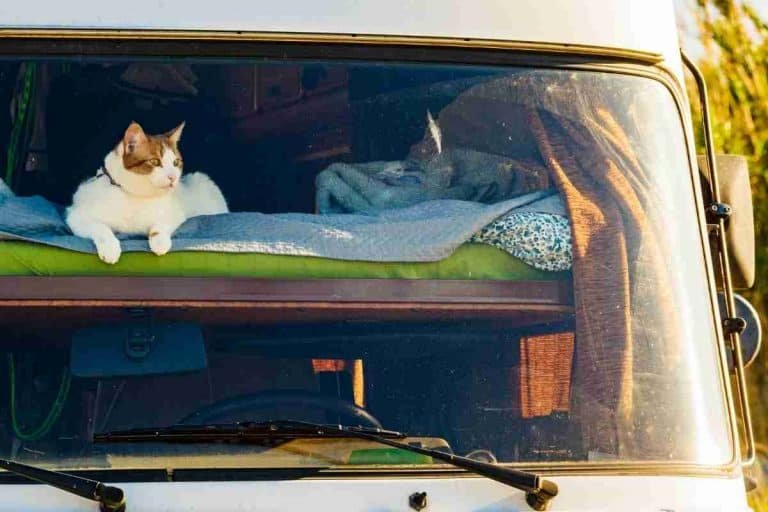How to travel with a fussy feline
Affiliate Disclaimer: As an affiliate, we may earn a small commission when you make a purchase from any of the links on this page at no additional cost to you!

While some people prefer to send their cats to a cattery while they are away, others cannot bear the thought of leaving their furry friend at home and would like to take them with them on the journey. Travelling with a feline companion can be a daunting experience, especially if your cat is fussy or easily stressed. However, with some preparation and patience, it is possible to have a successful and stress-free trip with your cat.
Here are some tips on how to travel with a fussy feline:
1. Prepare in advance
One of the most important things you can do when travelling with a cat is to prepare in advance. This means planning your trip well ahead of time and making sure that you have all the necessary supplies, such as food, water, litter, and medication if needed. You should also make sure that your cat is up-to-date with all their vaccinations and has a clean bill of health from your veterinarian.
2. Choose the right carrier
Your cat’s carrier is going to be their home away from home during your trip, so it’s essential to choose the right one. Make sure that the carrier is the right size for your cat, with enough room for them to turn around and stretch out. You should also choose a carrier that is sturdy, well-ventilated, and easy to clean.
3. Get your cat used to the carrier
Cats can be notoriously averse to new things, so it’s important to get your feline friend used to the carrier before your trip. Start by leaving the carrier out in your home with the door open, so your cat can explore it and get comfortable with it. You can also try placing some of their favorite toys or treats inside the carrier to encourage them to go in and become familiar with the space. For more information on how to secure a pet carrier go to https://petstravelog.com/how-to-secure-a-cat-carrier-in-car
4. Practice makes purrfect
Practice taking short trips with your cat before your big trip to help them get used to the carrier and the experience of travelling. Start with short car rides around the block and gradually increase the duration of the trips. This will help your cat become more comfortable with travelling and reduce their stress levels during the actual trip.

5. Keep your cat comfortable
When travelling with a fussy feline, it’s essential to keep them comfortable and relaxed. Make sure that they have plenty of food and water, a comfortable blanket or bed, and toys or other items that will help keep them entertained as you travel. You should also keep the carrier covered with a blanket or towel to help them feel more secure.
6. Be patient and keep calm
Travelling with a fussy cat can be stressful for both you and your cat. Therefore, it is important to remain patient and calm throughout the trip. Speak to your cat in a soft and soothing tone, and try to avoid sudden movements or loud noises that could startle them. If your cat does become agitated, take a break and let them calm down before continuing with your trip.
7. Stop often on a long trip
It is important that you stop often enough for your cat to take a break, stretch its legs and get some fresh air. Having a harness or leash will ensure that your cat does not bolt for the nearest tree and stays close to you at a stop. Give it some water and offer it something to eat. Don’t forget to remove the harness or leash when your cat climbs back into its carrier or it may get entangled and cause it to panic.

What natural remedies can you give a cat that is a fussy traveller?
Travelling can be stressful for cats, and some cats may become fussy or anxious during the trip. While there are various medication options available, there are also some natural remedies that can help calm your feline friend.
Here are a few natural remedies that may help ease your cat’s travel anxiety:
1. Feline pheromone sprays
Feline pheromone sprays are a natural way to help calm your cat during travel. These sprays contain synthetic versions of the pheromones that cats naturally produce when they feel safe and secure. Spraying the carrier with a feline pheromone spray before travel can help create a sense of familiarity and comfort for your cat.
2. Herbal remedies
There are several herbal remedies that may help calm your cat during travel. Chamomile, for example, is a natural sedative that can help relax your cat. You can give your cat chamomile in the form of tea or use chamomile extracts in your cat’s food or water. Valerian root is another herb that can help calm cats during travel, but it is best to use it under the guidance of a veterinarian.
3. Calming music
Playing calming music can also help soothe a fussy cat during travel. Research has shown that classical music, in particular, can help calm cats and reduce their anxiety. You can try playing soft classical music or calming nature sounds during your cat’s trip.
4. Adequate hydration
Keeping your cat well-hydrated during travel can also help reduce their anxiety levels. Make sure your cat has access to plenty of fresh water during the trip. You can also try offering them water with some added flavor, such as tuna water, to encourage them to drink more.
5. Acupressure
Acupressure is a form of traditional Chinese medicine that involves applying pressure to specific points on the body to help ease anxiety and promote relaxation. There are several acupressure points on cats that may help calm them during travel. You can consult with a veterinarian or a trained acupressure practitioner to learn more about acupressure techniques for cats.
It’s important to note that natural remedies may not work for all cats, and some cats may require medication acquired from your local veterinarian, or other interventions to help ease their travel anxiety. Always consult with a veterinarian before trying any natural remedies or supplements on your cat, especially if your cat has any underlying medical conditions or is taking medication.
In conclusion, travelling with a fussy feline can be a challenging experience, but with the right preparation and patience, it can also be a rewarding one. By following these tips, you can help ensure that your cat stays comfortable and relaxed during your trip and that you both arrive at your destination safe and sound.

FAQs about travelling with pets
Can I let my pet ride in the front seat?
It is generally not recommended to let your pet ride in the front seat of a car. This is because pets can be injured by airbags in the event of an accident. In addition, pets can be a distraction to the driver, increasing the risk of an accident.
Should I crate my pet during car travel?
It is recommended to crate your pet during car travel to keep them safe and secure. A crate will also prevent your pet from moving around the car and potentially causing a distraction to the driver. It is important to choose a crate that is the right size for your pet and that is properly secured in the car.
How often should I stop to give my pet a break during a long car trip?
It is recommended to stop every two to three hours to give your pet a break during a long car trip. This will give your pet a chance to stretch their legs, use the bathroom, and get some fresh air. Make sure to offer your pet water during these breaks as well.
Can I feed my pet during car travel?
It is not recommended to feed your pet during car travel. This is because pets can get motion sickness, and feeding them during car travel can make their nausea worse. Instead, it is recommended to feed your pet a light meal a few hours before the car trip and to offer them water during breaks.
How can I make my pet more comfortable during car travel?
To make your pet more comfortable during car travel, you can bring along their favorite toys, blankets, and treats. You can also use a pheromone spray or calming music to help reduce their anxiety. Additionally, make sure to keep the car at a comfortable temperature and to provide your pet with plenty of fresh water during the trip.






